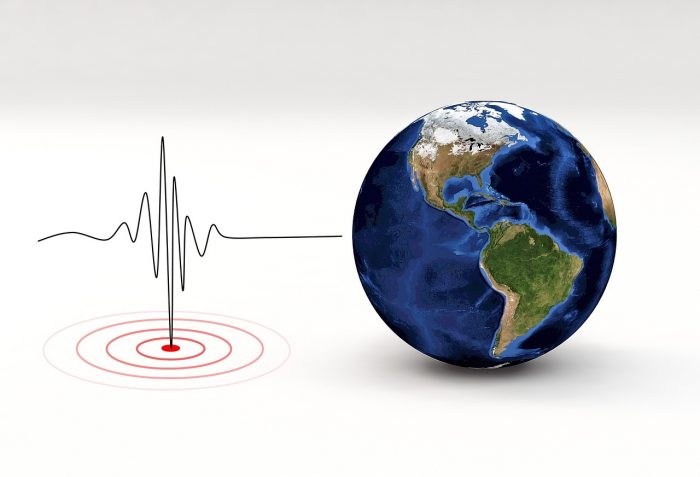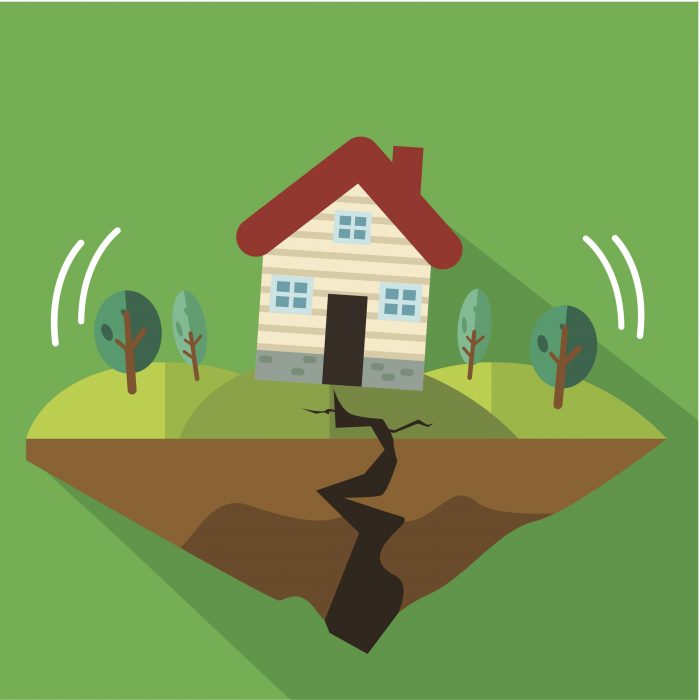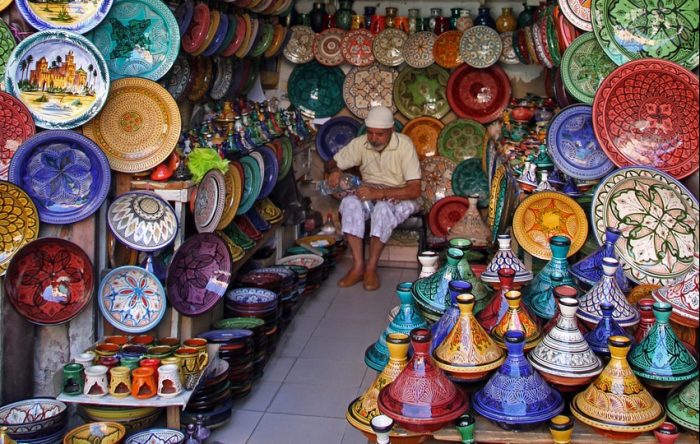By Daniel Dunaief

I hadn’t been to Los Angeles in over 30 years. On our trip last week, I traveled with my wife, worked remotely, visited with our nephew, and purchased tickets to attend my first home Dodgers game.
During a visit that only lasted a few days, my wife and I stayed on Eastern Standard Time, which meant we were awake between 5:30 and 6:30 a.m. local time and were at work by 7 a.m..
My wife walked across a street to her office and I sat at a desk on the 17th floor of a hotel, laptop in front of me with my cell phone at the ready.
At around 7:30 a.m. on Thursday, I felt as if the desk in front of me were shaking.
At first, I figured it had to be some neurological quirk. After all, the older I get, the more inexplicable my sometimes random body signals are to me.
When the desk shook a second time, I made an announcement to the empty room.
“That’s an earthquake!” I declared, as if naming it and knowing what it was gave me some small measure of control. I walked around in circles and wondered what I should grab, where I should go, and what I should do.
I knew my wife was in meetings that morning, but called her immediately anyway.
She picked up in that hushed tone she uses when she’s on a phone or a zoom call.
“What’s happening?” she whispered.
“Did you feel the earthquake?” I asked. “What are you doing about it over there?”
“Earthquake? What earthquake? No,” she said, as she quickly typed into her computer.
Sure enough, within seconds of the quake, she had found something online confirming the event.
“What do you want to do?” she asked.
I was staring out the window, which probably isn’t the right place to go, and watched people casually walking along the sidewalk, cars navigating through crowded streets and birds flying between the buildings.
“I’m going to call the lobby,” I said. I told her I’d get back to her immediately if there was anything we should do.
“Hi,” I stammered, “is this the front desk?”
“Yes,” the woman said. “How can I help you?”
“I’m on the 17th floor and I just felt an earthquake,” I announced.
Silence. I suspect the woman in the lobby was thinking something along the lines of, “You’re not from around these parts, are you?”
“What should I do?” I asked.
“Oh,” she sighed. “Well, if you’re worried or if things are falling from the ceiling, you can take shelter.”
“Shelter? Where? What should I do?”
“You can go under your desk or wait in a door frame. We also have a communication system on every floor and we can let you know if you need to evacuate.”
“So, what do I do?” I asked again.
“Whatever makes you comfortable,” she sighed. “Can I help you with anything else?”
“No,” I said, hanging up the phone. I grabbed my wallet, put on my shoes, and made sure I had everything I might need. I stood in the middle of the room in earthquake sensing mode. I had become a human seismometer, with my arms out, my feet spread apart and my palms pointing down to sense any vibrations.
I kept checking online, where I read coverage of an earthquake that didn’t seem to have caused any damage.
My wife and I traded texts and decided to continue working.
Later that day, we discussed the quake with friends and strangers, triggering all kinds of stories about earlier quakes and the ones people felt at different times.
I’m sure people in New York don’t hear honking taxis, people in the southeastern United States barely register screeching cicadas, and people in Phoenix somehow adjust to the searing heat.
I don’t think I’ll ever be enough of a Californian or a would-be Californian not to worry about the Earth moving under my feet.
Oh, and I did get to the Dodgers game the night before. The stadium was magnificent, the sushi was remarkably good, and the fans were delighted by the other-worldly performance of Shohei Ohtani, who crushed a home run and stole a base.
The explosive sounds of a thrilled crowd of close to 50,000, the excitement of people jumping out of their seats, and the celebratory flashing lights were far more familiar than the shaking desk I felt the next morning.








